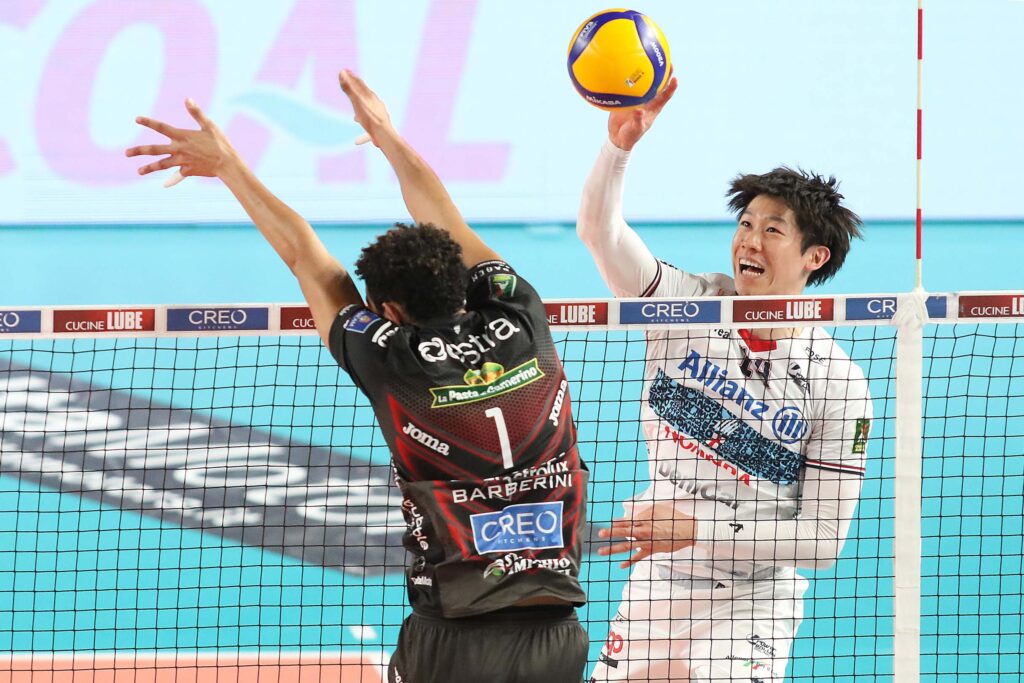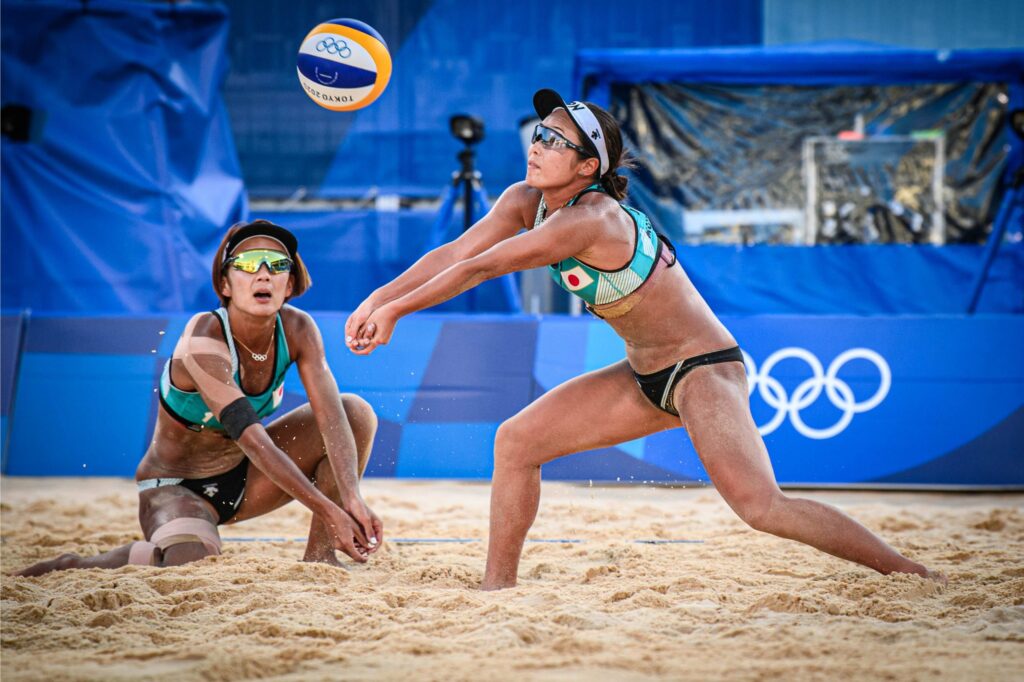
There may be a surprising number of people who are not good at or dislike Kendo classes.
At first glance, the strict rules, physical demands, and tension of classes may seem painful.
However, such feelings may be due to the fact that I have not yet discovered the true charm of Kendo.
In this article, for those who feel that they don’t like kendo classes, we will provide tips on how to overcome your weaknesses in kendo and discover the fun and value of it.
Discover how Kendo is more than just a school lesson and can be a valuable lesson in life.
目次
- 1 Why do you dislike Kendo classes?
- 2 The first step to overcome the fear of not being good at Kendo
- 3 How to find the fun in Kendo classes
- 4 Tips for building good relationships with teachers and peers
- 5 Practice method to master the basics of Kendo
- 6 How to prepare to reduce the stress of Kendo classes
- 7 How to find the motivation to love Kendo
- 8 Summary: Overcome your dislike of Kendo classes and discover a new charm
Why do you dislike Kendo classes?
Aversion to Kendo classes can arise for a variety of reasons.
Understanding these reasons is the first step to overcoming your dislike of Kendo.
Below are the main reasons why people tend to dislike kendo classes.
physical burden
Kendo is a sport that requires high physical strength. Particularly for beginners, it can feel physically demanding as it requires long periods of standing and quick movements.
Difficult to learn technology
Kendo is technically difficult, and requires careful attention to details such as correct posture, strike style, and foot movements. It takes time to master these techniques, and the process is often frustrating.
competitive pressure
Competition can sometimes be fierce in Kendo classes and club activities. Being too focused on winning or losing can prevent you from enjoying the game and can cause you to feel pressured.
Many activities in Kendo are done in groups, and teamwork and communication are required. Problems with interpersonal relationships and anxiety about one’s position within the team can make classes difficult.
burden on the body
Kendo equipment is relatively heavy, and it can be a battle against the heat, especially in the summer. Additionally, the pain caused by being hit and the fear of injury can also contribute to a stronger sense of weakness.
These reasons differ from person to person, but the physical, technical, and psychological burdens are largely responsible for why students dislike kendo classes.
Understanding and addressing these issues may change the way you view Kendo classes.

The first step to overcome the fear of not being good at Kendo
It is completely normal to feel that you are not good at or dislike Kendo classes.
However, it is possible to overcome this fear and discover the deep appeal of Kendo.
Here, let’s think about the first step to overcome your fear of not being good at Kendo.
face yourself
First, ask yourself the specific reason why you are not good at Kendo.
Is it a physical problem, a technical difficulty, or a psychological factor? Clarifying the cause of your weakness is the first step to overcoming it.
set small goals
If you try to master Kendo techniques all at once, you may feel frustrated.
It is important to start with small goals and gradually increase your goals.
For example, set achievable goals such as “I’ll try to focus on my foot movements today” or “I’ll be able to say hello properly in my next class.”
focus on the positive aspects
Kendo has many positive aspects, such as building physical strength, improving concentration, and learning manners.
Instead of getting caught up in the idea that you’re not good at Kendo, try focusing on the positive effects you can get through Kendo.
Value communication with peers and teachers
Rather than worrying alone, talking to your peers or teachers will help you overcome your weaknesses.
Kendo also has the aspect of a team sport, so enjoying collaborating with your friends can change your attitude toward class.
Continuation is power
Kendo is not something that can be improved overnight.
By continuing to practice, your technique will gradually improve, and in the process you will begin to enjoy Kendo.
It is important to not rush and continue at your own pace.
Overcoming your weaknesses in Kendo will not only improve your Kendo skills, but will also provide you with an opportunity for self-growth.
Take the first step towards overcoming your fears and discover the multifaceted value of Kendo.

How to find the fun in Kendo classes
You can find fun in Kendo classes by changing your perspective.
Here we will introduce some ways to enjoy Kendo classes even more.
have a goal
Let’s set some small goals in Kendo.
For example, by setting achievable goals for yourself, such as mastering a particular technique, advancing to the next grade, or winning a class, you will change the way you approach class and experience a sense of accomplishment. can.
Deepen your bonds with friends
In Kendo classes, there are friends who are working hard towards the same goal.
As you practice together, you will deepen your bonds with your friends and encourage each other to improve, which will make your classes more enjoyable.
You will also be able to make new discoveries and experience growth through your relationships with friends, seniors, and juniors.
Learn history and culture
Kendo is one of Japan’s traditional cultures. Let’s get interested in the history, culture, and philosophy behind it.
By understanding not only the techniques of Kendo, but also its spiritual aspects and cultural values, you will change the way you look at classes and find deeper enjoyment.
See it as a place for self-expression
Kendo practice and competitions are also opportunities for self-expression.
You can express your own individuality and emotions through Kendo and deepen your self-understanding through it.
Pursuing your own version of Kendo may make classes more appealing.
feel the growth of mind and body
Kendo is a sport that allows you to grow not only physically and technically, but also mentally.
Please be aware of how your own mind and body will grow through the lessons.
By noticing changes in yourself, your motivation for Kendo classes will increase.
In order to enjoy Kendo classes, it is important to rediscover the appeal of Kendo itself and relate it to personal growth and connections with the community.
By viewing classes as an opportunity for self-growth rather than just an obligation, you will find new ways to enjoy Kendo.

Tips for building good relationships with teachers and peers
Good relationships with teachers and peers are important in Kendo classes and practice.
Mutual trust and respect greatly enhances the enjoyment and success of learning through Kendo.
Here are some tips for building good relationships with your teachers and peers.
Make sure to communicate proactively
- Ask questions proactively : If you have any questions or concerns, don’t be shy to ask your teachers or seniors. A positive attitude shows a desire to learn and builds relationships.
- Express gratitude : Express your gratitude for the support of your teachers and peers, no matter how small. Expressing gratitude creates a positive atmosphere.
value teamwork
- Collaborate to achieve goals : Kendo is not only about improving individual skills, but also about growing as a team. It is important to share goals and help each other.
- Celebrate your teammates’ successes : Share your joy when your teammates improve or win a match. Recognizing the accomplishments of others increases team cohesion.
have a spirit of mutual respect
- Be polite : Courtesy is highly valued in Kendo. Polite behavior during greetings and rehearsals forms the basis of mutual respect.
- Respect the other person’s position : Respect the opinions and positions of your teachers and peers, and avoid imposing one-sided values on them. Accepting diverse perspectives deepens relationships.
Don’t be afraid of self-disclosure
- Share your thoughts and goals : By sharing your thoughts and goals about Kendo with your friends, you can build deeper relationships of trust. Self-disclosure provides an opportunity to deepen mutual understanding.
Good relationships with teachers and peers not only improve the quality of learning through Kendo, but also make training more enjoyable.
By respecting and supporting each other, you will feel the joy of walking the path of Kendo together.

Practice method to master the basics of Kendo
In Kendo, learning basic techniques is extremely important.
By mastering the basics, you can lay the foundation for moving on to more advanced techniques.
Here we will introduce ways to effectively practice the basics of Kendo.
acquire the correct posture
- Practice the basic stance repeatedly : Correct stance is one of the basics of Kendo. Check your posture in front of the mirror and practice while being conscious of correct posture.
- Focus on foot movements : It is important to master proper foot movements, especially forward and backward movement. Practice moving quietly and quickly with a gliding motion.
Thoroughly understand the basics of how to hit
- Use your whole body, not your fingers : When it comes to hitting, it is important to use your whole body, including your hips and feet, not just your fingers. Be sure to practice using your whole body.
- Aim for accurate striking points : Practice aiming accurately at each striking point: men, kote, do, and tsuke. If you can accurately capture the point of impact, the accuracy of your technique will improve significantly.
Repeated practice of basic movements
- Repetition of practice swings : In Kendo, practice swings are very effective in improving basic technique. Perform a certain number of practice swings every day, and try to keep the speed and force of your swings even.
- Repeatedly practice the basics of footwork : Footwork is the basis of Kendo movements. Let’s repeatedly practice basic foot movements, including not only moving forward and backward, but also moving sideways.
Be conscious of breathing techniques
- Learn correct breathing techniques : Breathing (kiai) during striking is an important element in kendo. Practice letting out a powerful breath at the same time as you strike, and be conscious of matching your breathing with your movements.
Continuation is power
- Don’t miss daily practice : To improve your basic skills, diligent daily practice is essential. It is important to continue practicing a certain amount every day, even if it is only for a short period of time.
The basic techniques of Kendo can be gradually mastered through repeated practice.
Don’t rush, practice each basic movement carefully and try to feel the Kendo techniques with your whole body.
Once you have a solid grasp of the basics, Kendo classes and practices will become more enjoyable, and you will be able to improve quickly.

How to prepare to reduce the stress of Kendo classes
If you are feeling stressed due to Kendo classes, how you deal with it will largely depend on your mindset.
The causes of stress vary from person to person, but by changing your mindset, you can make your lessons more positive.
Below, we will introduce ways to prepare yourself to reduce stress during Kendo classes.
compare yourself
When it comes to improving your Kendo skills, it is more important to compare who you were yesterday with who you are today than to compare yourself with others.
Focusing on personal growth and recognizing small progress can reduce stress in class.
enjoy the process
Kendo techniques cannot be learned overnight.
Therefore, it is important to be prepared to enjoy the process rather than the result.
It is important to find the joy of making new discoveries in each class and practice, and to feel the charm of Kendo itself.
Don’t seek too much perfection
Expecting too much perfection when learning a skill can actually cause stress.
The key to reducing stress is to have tolerance for yourself and take on challenges without fear of failure.
Learning from mistakes is also an important part of Kendo.
have positive self-dialogue
Negative self-talk increases stress.
Try to have positive self-talk, and when you think you can’t do something, encourage yourself by saying, “I can’t do it yet, but with practice I can improve.”
find a way to relax
If you feel nervous or stressed before or during class, try finding ways to relax.
Incorporate techniques to reduce tension, such as deep breathing, meditation, and light stretching, as part of your practice.
ask for support
It is also important to talk to your teacher, peers, and friends instead of keeping it to yourself.
Through communication with others, you can find the causes of stress and find solutions.
These mindsets to reduce the stress of Kendo classes will be useful not only in Kendo, but also in various situations in daily life.
When you feel stressed, remember these mindsets and try to stay calm.

How to find the motivation to love Kendo
Finding the motivation to love Kendo is the key to making your Kendo classes and practices more fulfilling.
Rediscover the charm of Kendo for yourself and explore ways to maintain continuous motivation.
Experience the history and culture of Kendo
Kendo is more than just a sport, it has a deep history and culture.
By learning about the history of Kendo and what role it has played in Japanese culture, you may deepen your understanding of Kendo and spark your interest.
Look for books and documentaries about Kendo.
find a role model
By finding a role model of a swordsman you respect or someone who is active in Kendo, your motivation for Kendo will increase.
By watching their matches and reading their interviews, you can get a feel for their passion for Kendo and how they approach it.
set a goal
Let’s set your own goals in Kendo.
Whether it’s improving your technique, winning a particular match, or moving up a dan, having a clear goal can help you find meaning in your kendo endeavors.
value relationships with friends
Kendo is about learning and growing with your friends.
By deepening your bonds with your friends at the dojo or kendo club, you will be more motivated to practice.
In addition, by working hard against each other, students not only improve their Kendo skills, but also encourage their spiritual growth.
feel your own growth
Let’s focus on the growth and learning that can be gained through Kendo.
One of the great appeals of Kendo is not only technical improvement, but also spiritual growth and new discoveries about yourself.
If you can feel the changes in yourself, your attachment to Kendo will deepen.
Actively seek feedback
Actively seek feedback from your teachers and seniors to understand your position in Kendo and points for growth.
By receiving an objective evaluation, you can see the direction of self-improvement and lead to increased motivation.
The motivation to love Kendo comes from your own interest in Kendo, interest, and desire for growth.
By discovering the multifaceted appeal of Kendo and working on it continuously, your Kendo classes and practices will become more enjoyable and meaningful.

Summary: Overcome your dislike of Kendo classes and discover a new charm
Many people experience a feeling of dislike or dislike towards Kendo classes.
However, by changing your mindset and devising your approach, you can discover new appeals of Kendo and enjoy the lessons.
Through this article, we have explored several ways to fall in love with Kendo classes.
The main points are summarized below.
Deepen your understanding of Kendo
By learning about the history, culture, and spirit of Kendo, you will find more value than just a physical education class. Understanding the deep background of Kendo is the first step in deepening your interest in Kendo.
Have goals and enjoy the process
It is important to set small goals and be prepared to not only improve your Kendo skills, but also to enjoy the learning process itself. By realizing your own personal growth, your approach to Kendo classes will change.
Build good relationships with teachers and peers
Kendo is a sport that not only improves individual skills, but also deepens bonds with friends. Building good relationships will make classes more enjoyable and lead to increased motivation.
have positive self-dialogue
It’s important to keep your self-talk positive and encourage yourself. Understand that negative feelings about Kendo classes sometimes come from within yourself, and try to channel them into a positive direction.
The importance of continuing
The techniques and spirit of Kendo will gradually be acquired through continued practice.
Taking a long-term view and not seeking results in a short period of time is an important factor in becoming fond of Kendo classes.
Overcoming your dislike of Kendo classes and discovering new charms will provide you with a valuable opportunity for self-growth.
The physical and mental growth you gain through Kendo is unique and unlike anything you can gain from any other sport.
By facing Kendo with an open mind, you will begin a journey to discover a new self.



